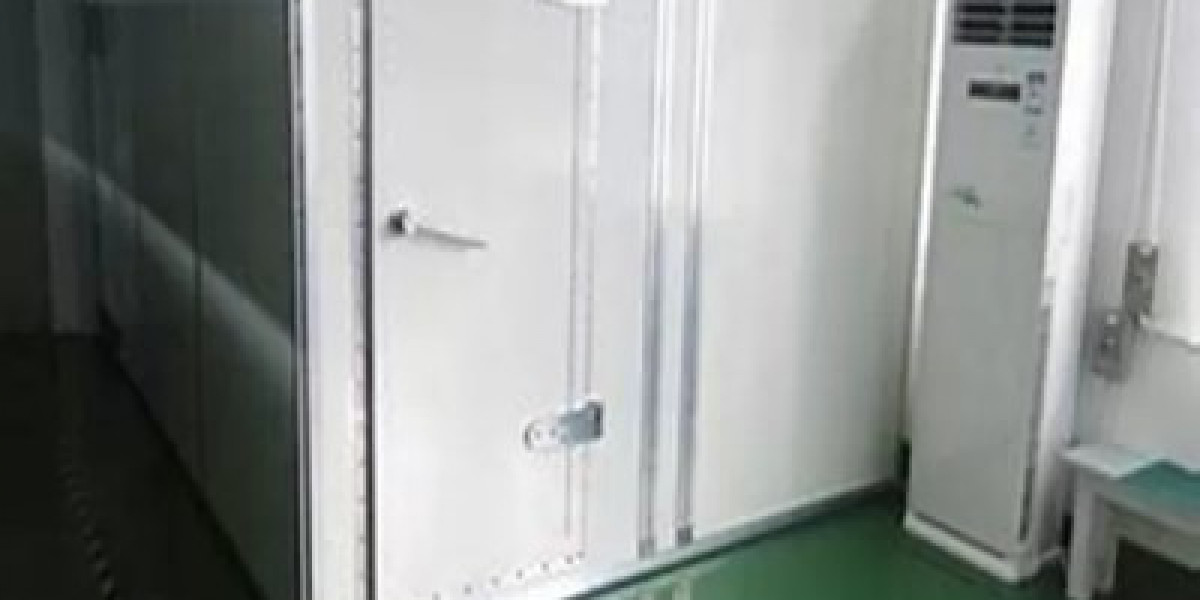What are RF Shielded Test Enclosures?
An RF shielded test enclosure, also known as a shielded room, is a fully enclosed space that is designed to block electromagnetic interference (EMI) and radio frequency (RF) signals. RF shielded test enclosures consist of dense conductive material, such as aluminum, copper or steel, which acts as an electromagnetic barrier. This electromagnetic shielding protects devices and equipment from external RF interference generated by mobile devices, radio towers, broadcast stations and other electronic devices during testing and measurement procedures. RF shielded test enclosures also prevent internal RF signals from radiating out and interfering with nearby electronic equipment.
Types of RF Shielding Materials
Different types of conductive materials are used for building RF shielded test enclosures depending on the level of shielding effectiveness required:
- Copper - Highly conductive, copper provides excellent RF shielding capabilities. However, it is more expensive than other materials.
- Aluminum - RF Shielded Test Enclosure is less conductive than copper but still very effective for blocking RF signals. Aluminum enclosures are more affordable than copper.
- Steel - Steel is less conductive than copper or aluminum but can still provide moderate to good RF shielding. Steel enclosures tend to be the most cost-effective option.
- Multi-Layer - Some high-performance enclosures feature multiple layers of different conductive materials like aluminum and copper skins sandwiching a core of steel. This provides superior shielding effectiveness.
Key Components of an RF Shielded Test Enclosure
In addition to the outer conductive walls, an RF shielded test enclosure contains several other components that work together to maximize shielding performance:
- Door - Consists of the same shielding material as the walls and includes conductive gaskets and overlapping doors for continuous shielding even when open. Magnetic locks are often used.
- Windows - Made from transparent conductive mesh or coated glass to allow viewing without compromising shielding.
- Air Vents - Incorporate conductive screens and filters to block RF while allowing airflow. Some have auto closing vents.
- Floor - Can be solid conductive material or have conductive screening over a non-metallic sub-floor.
- Seams/Joints - Strategically placed to minimize any gaps and backed by conductive gaskets or overlapped materials.
Proper installation and grounding of all components is essential for optimal shielding effectiveness. Optional features like RF absorbing coatings may also be applied internally.
Applications of RF Shielded Test Enclosures
RF shielded test enclosures serve various purposes in research, development and production environments where sensitive electronic equipment and wireless technologies need to be tested:
- EMI/EMC Testing - Used as a controlled RF environment to test devices for electromagnetic compatibility and emissions compliance. Near-field and radiated susceptibility can be accurately measured.
- Wireless Device Testing - Ideal conditioned space for validating performance and reliability of Wi-Fi, Bluetooth, wireless USB and other wireless technologies in the absence of external interference.
- RF Measurement - Facilitates calibration-grade measurements of transmitted power, frequency response, modulation quality and other RF parameters of communication systems and components.
- Anechoic Chamber - When lined internally with RF absorbing material, the enclosure functions as a fully anechoic chamber for free-space antenna pattern measurement and other specialized RF applications.
- Medical Equipment Testing - Necessary for certification testing of implanted medical devices, imaging systems and other healthcare technologies requiring shielded space.
- Broadcast Applications - Used by radio/TV broadcasters and network operators to verify signal integrity and isolate equipment during upgrades and maintenance periods.
Specifying the Right RF Shielded Test Enclosure
When specifying an RF shielded test enclosure, key factors to consider include:
- Level of required RF shielding (80/100/120dB)
- Internal dimensions/volume based on equipment and workspace needs
- Number and size of doors, windows
- amenities like HVAC, lighting, grounding
- Applicable testing standards (FCC, IEC, MIL-STD)
- Mobility needs - stationary versus portable enclosures
- Environmental/climate control capabilities
- Cost - balancing features versus allocated budget
Choosing a reputed enclosure manufacturer ensures the design meets industry shielding standards through rigorous testing. Custom configurations are possible to tailor the solution to unique project requirements. Proper installation and maintenance are also critical for sustained shielding effectiveness over the enclosure's lifespan.
RF Shielded Test Enclosures – Enabling Interference-Free Electronics Testing
In the RF shielded test enclosures serve a vital role in electronic product development and validation by isolating devices and systems under test from external wireless interference. Their conductive enclosures regulate the electromagnetic environment according to industry standards. This controlled RF space empowers engineers to accurately evaluate performance, emissions and reliability free from environmental factors. RF shielded test enclosures thus enable interference-free testing essential for many wireless technologies and electronic devices in our digitally connected world.
Get This Report in Japanese Language: RFシールド試験筐体
Get This Report in Korean Language: RF 차폐 테스트 인클로저
About Author:
Vaagisha brings over three years of expertise as a content editor in the market research domain. Originally a creative writer, she discovered her passion for editing, combining her flair for writing with a meticulous eye for detail. Her ability to craft and refine compelling content makes her an invaluable asset in delivering polished and engaging write-ups.
(LinkedIn: https://www.linkedin.com/in/vaagisha-singh-8080b91)










